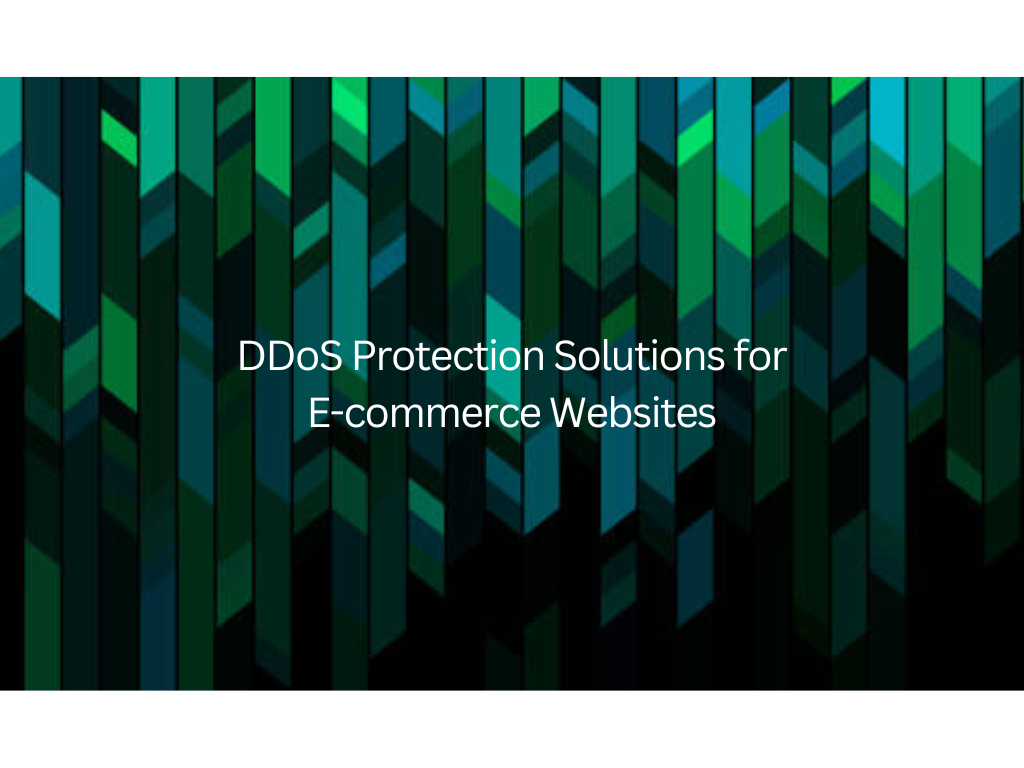Distributed Denial of Service (DDoS) attacks pose a significant threat to e-commerce websites. These attacks can flood the target servers with a massive amount of traffic, making them unable to serve legitimate users. As e-commerce websites rely heavily on their servers’ availability and performance, any disruption caused by DDoS attacks can result in significant revenue loss and reputational damage. Therefore, it is essential for e-commerce websites to implement robust DDoS protection solutions to mitigate the risk of these attacks.
Traffic Filtering
One of the most common DDoS protection solutions for e-commerce websites is traffic filtering. Traffic filtering involves analyzing incoming traffic to identify and block malicious traffic while allowing legitimate traffic to pass through. Traffic filtering can be performed at various levels, including network-level filtering, application-level filtering, and content delivery network (CDN) filtering. Network-level filtering involves blocking traffic at the network edge before it reaches the servers, while application-level filtering involves blocking traffic at the application layer. CDN filtering involves distributing the traffic across multiple servers to distribute the load and prevent any one server from being overwhelmed by a DDoS attack.
Load Balancing
Another DDoS protection solution for e-commerce websites is the use of load balancers. Load balancers distribute incoming traffic across multiple servers to prevent any one server from being overloaded. Load balancers can also be configured to detect and block malicious traffic, effectively mitigating DDoS attacks. Load balancers can be deployed either on-premises or in the cloud, depending on the organization’s requirements.
Web Application Firewalls
In addition to traffic filtering and load balancing, e-commerce websites can also use web application firewalls (WAFs) to protect against DDoS attacks. WAFs are designed to filter out malicious traffic at the application layer, protecting against a wide range of attacks, including SQL injection and cross-site scripting (XSS) attacks. WAFs can be deployed on-premises or in the cloud and can be configured to block traffic from specific sources or IP addresses.
Scrubbing
Another DDoS protection solution for e-commerce websites is the use of scrubbing centers. Scrubbing centers are third-party facilities that specialize in mitigating DDoS attacks. When a DDoS attack is detected, the traffic is rerouted to the scrubbing center, where it is analyzed and filtered to remove malicious traffic. The clean traffic is then sent back to the original servers, effectively mitigating the DDoS attack. Scrubbing centers can be expensive, but they are an effective way to protect against large-scale DDoS attacks.
Other Protective Measures
Finally, e-commerce websites can also use proactive measures to prevent DDoS attacks from occurring in the first place. This can include implementing strict access control policies, such as requiring multi-factor authentication for all users. It can also involve monitoring the network for any signs of suspicious activity and implementing strict traffic policies to prevent any unauthorized traffic from reaching the servers. Additionally, organizations can implement regular security audits and penetration testing to identify any vulnerabilities that may be exploited by attackers.
Conclusion
In conclusion, DDoS attacks are a significant threat to e-commerce websites, and organizations must implement robust DDoS protection solutions to mitigate the risk of these attacks. Traffic filtering, load balancing, WAFs, scrubbing centers, and proactive measures can all be effective ways to protect against DDoS attacks. However, organizations must also regularly review and update their DDoS protection strategies to ensure they remain effective against new and evolving threats. By taking a proactive approach to DDoS protection, e-commerce websites can continue to provide their customers with a safe and secure shopping experience while maintaining their revenue and reputation.




